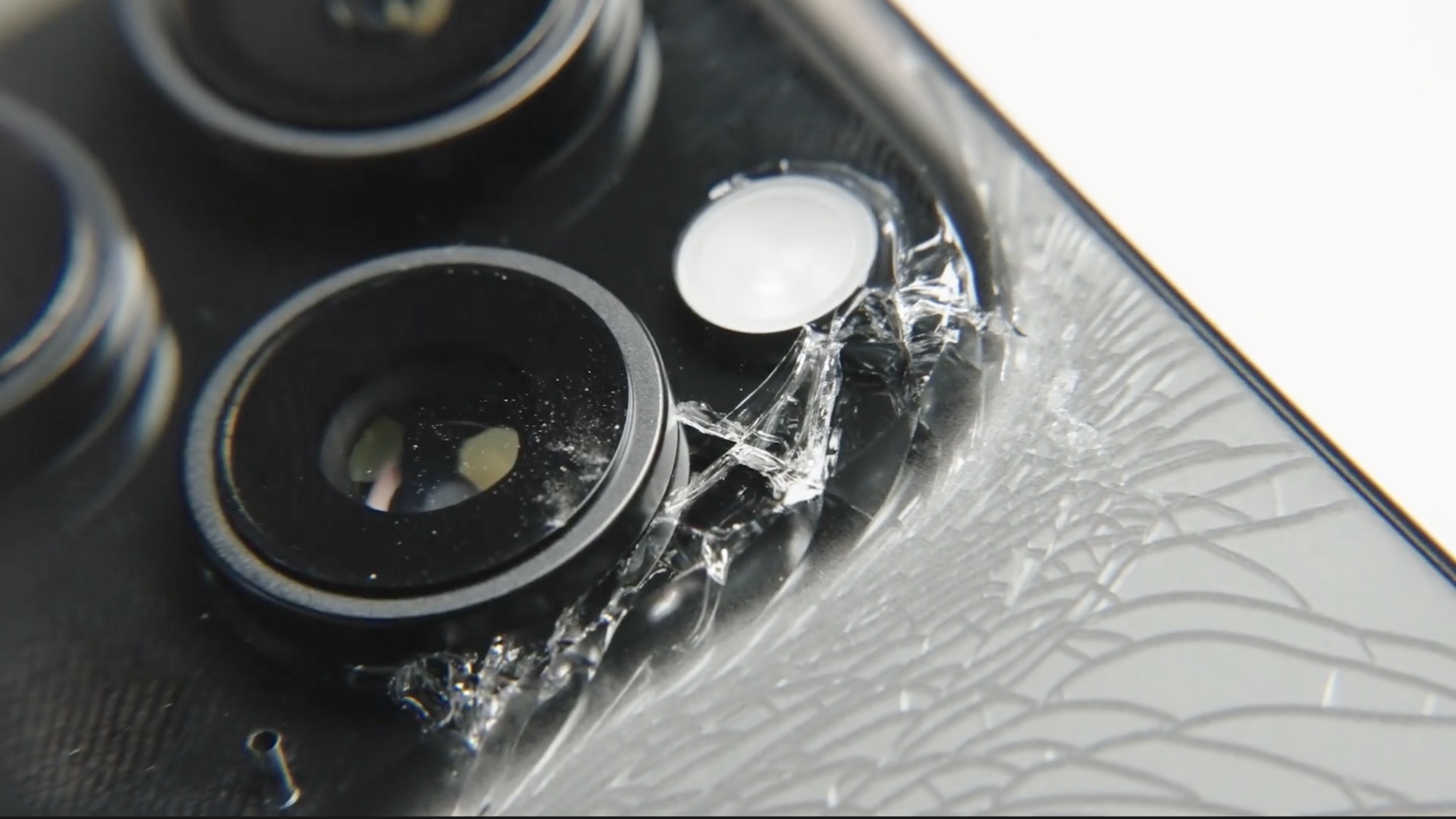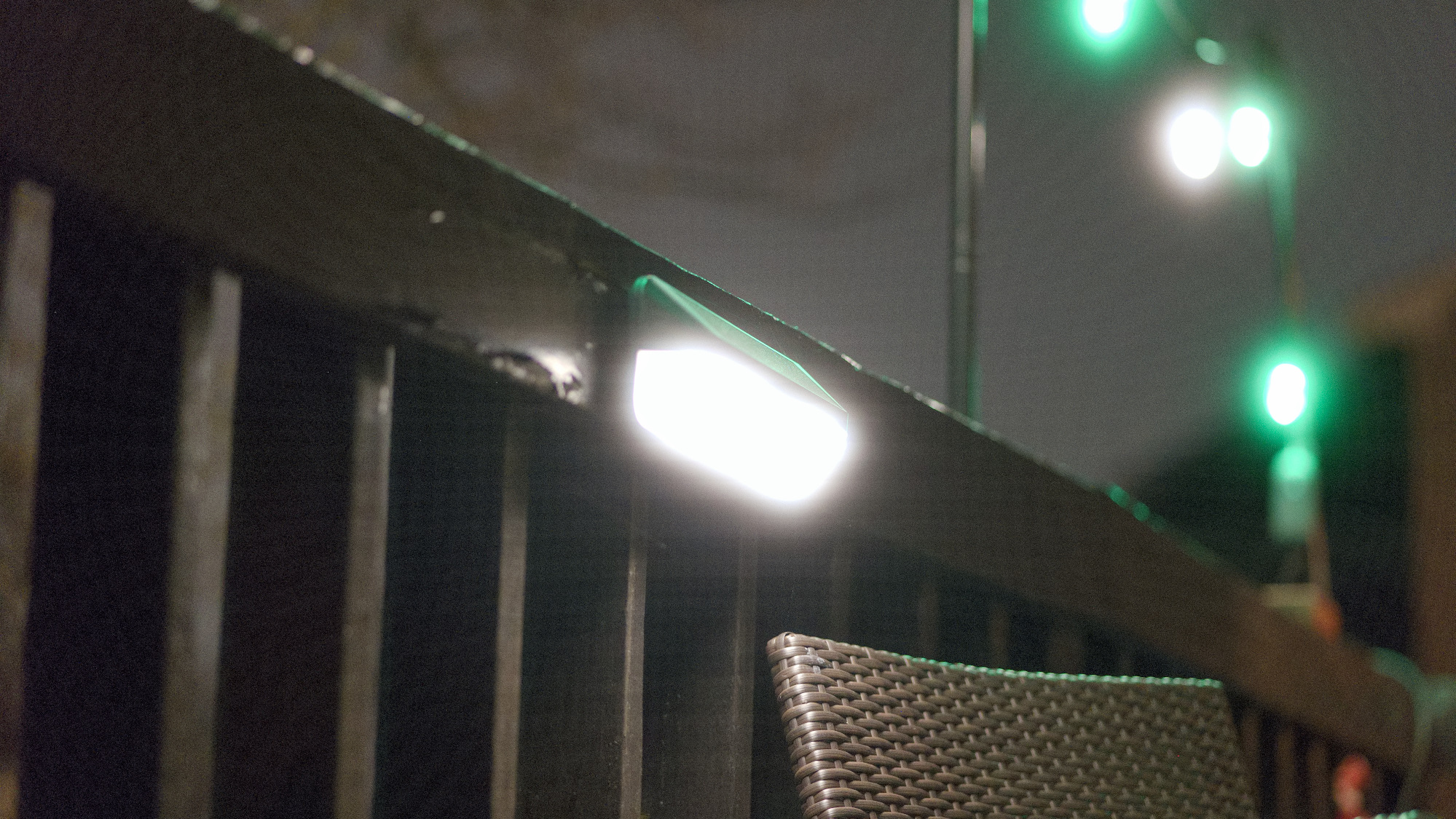Watch iPhone 16 Pro Max drop tested — you’ve got to see this
Ceramic Shield may be improved, but gravity still wins

A new generation of Ceramic Shield proved no match for gravity in the latest instance of iPhone 16 durability testing. Drop-testing on the iPhone 16 Pro Max by Allstate Protection Plans found that the 6.9-inch display on the new phone suffers some super-sized damage when dropped face-first on concrete.
Allstate, which sells insurance for mobile devices like the new iPhones, has been running breakability tests for 13 years now. And while phone durability has changed a lot in that time, the effect that 6-foot drops can have on glass devices really hasn't.
“Advances in design, materials, and technology over the years have made them less susceptible to liquid damage. And yet, as their capabilities grow, and so do the size of their glass displays, they’re still vulnerable to screen damage — the most common type of smartphone damage according to our most recent mobile survey,” said Jason Siciliano, vice president of marketing and global creative director at Allstate Protection Plans in a statement accompanying the iPhone 16 Pro Max drop-test results.
Specifically, when Allstate dropped an iPhone 16 Pro Max face-first on to concrete, the display shattered across the 6.9-inch panel, with scuffing along the titanium frame. The results looked similar to last year's iPhone 15 Pro Max drop test, which also resulted in a shattered screen with pieces of raised and loose glass.
Allstate noted that the iPhone 16 Pro Max screen went black on impact, then flickered for a bit before going permanently black. Because testers could still detect haptic feedback when pressing the power and Camera Control buttons, Allstate assumes that the iPhone 16 Pro Max could be salvaged with a screen repair — a procedure that costs $379 at Apple without AppleCare Plus coverage.
In Allstate's other test, the phone was dropped with its backside down from a height of 6 feet. In this case, the glass back of the iPhone 16 Pro Max shattered with the glass housing around the camera suffering damage, too. However, the camera on the iPhone 16 Pro Max still worked after the drop — an improvement over what happened to the iPhone 15 Pro Max camera in last year's Allstate tests, where the lenses themselves suffered damage.

Allstate's drop tests follow on the heels of other iPhone 16 durability tests that have come out since Apple's new phones arrived in stores last Friday (September 20.) So far, the results have been decidedly mixed. In testing by AppleTrack, the iPhone 16 Pro Max stopped working after four drops, though the iPhone 16 Pro held out for 12 drops. In EverythingApplePro testing, both iPhone 16 Pro models survived multiple drops.
Sign up to get the BEST of Tom's Guide direct to your inbox.
Get instant access to breaking news, the hottest reviews, great deals and helpful tips.
Different drops are going to produce different degrees of catastrophe, but it's safe to make a few conclusions from the results of tests like these. Primarily, the takeaway is that nothing assembled by human hands is indestructible, particularly when glass is a major component.
And the other lesson is that if you're going to spend $999 or more on a Pro model, you had better pick up a case to go with it so that your phone stands a better chance of escaping a drop unscathed. You can check out our guides to the best iPhone 16 Pro cases and best iPhone 16 Pro Max cases if you're unsure of which case to try.
More from Tom's Guide
Philip Michaels is a Managing Editor at Tom's Guide. He's been covering personal technology since 1999 and was in the building when Steve Jobs showed off the iPhone for the first time. He's been evaluating smartphones since that first iPhone debuted in 2007, and he's been following phone carriers and smartphone plans since 2015. He has strong opinions about Apple, the Oakland Athletics, old movies and proper butchery techniques. Follow him at @PhilipMichaels.


